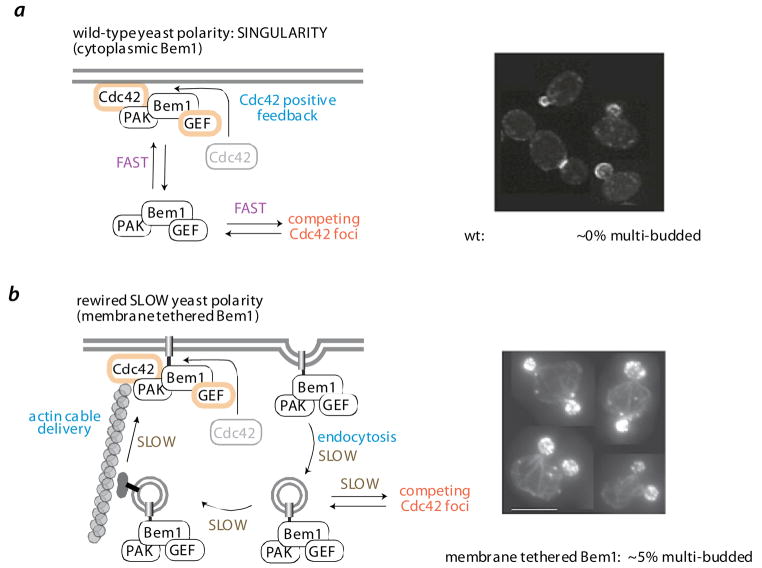FIGURE 6. Engineering spatial regulation.
a | wild-type polarization circuit controls single bud formation. In budding yeast, localized activation of the polarity GTPase Cdc42 is amplified by a positive feedback loop - active Cdc42 recruits the scaffold protein Bem1, co-assembles the p21 activated kinase (PAK – Ste20) and the Cdc42 GEF (Cdc24). Although a cell may have multiple Cdc42 foci, these are quickly resolved into one dominant foci, which develops into the cells only bud. A fast rate of interchange of the diffusible Bem1/PAK/GEF complex between competing Cdc42 foci, is hypothesized to be critical for resolution into a single dominant foci.
b | a synthetic slow polarization circuit leads to multiple bud formation. To test this hypothesis, Bem1 was artificially tethered to the membrane via a fused membrane targeting motif [65]. Although this membrane tethered Bem1 can properly assemble the Bem1/PAK/GEF complex at sites of Cdc42 activity (i.e. the positive feedback loop), the exchange of the complex between competing Cdc42 foci is slow (dependent on vesicular transport via actin cables and endocytosis). This synthetic polarization circuit therefore leads to poor resolution of competing Cdc42 foci and a much higher frequency (5% vs ~ 0%) of multibudded cells (micrographs from [65]).

